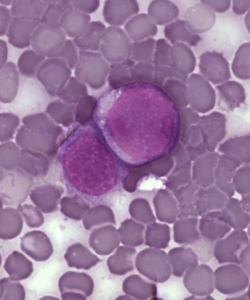This type of tumours is originated in other organs of the body and reaches the brain during their growth process. The tumours that most frequently metastasize in the brain include lung and breast adenocarcinoma, as well as cutaneous melanoma.
Clinical signs
 The clinical signs will depend on the location of the lesion. Therefore, the signs may be focal, difficulty in moving an extremity, speech difficulties, etc. or even more nonspecific symptomatology such as headache, epileptic seizures, among many other symptoms.
The clinical signs will depend on the location of the lesion. Therefore, the signs may be focal, difficulty in moving an extremity, speech difficulties, etc. or even more nonspecific symptomatology such as headache, epileptic seizures, among many other symptoms.
Diagnostic tests
After performing the clinical examination and if an intracerebral lesion is suspected, we must proceed with imaging tests. Usually the first test is a cranial CAT scan, followed by cerebral MR imaging to enable more precise location of the lesion. The differential diagnosis for these lesions will always be with the primary tumours (glioma) or infectious processes.
Treatment
In the case of single lesions that can be extirpated with little morbidity, the treatment of choice will be surgery. Whenever there are more than three lesions, treatment will be radiotherapy. In those cases where there are two or three lesions surgery or radiotherapy should be considered depending on their location and size.
Over the last few years the introduction of radiosurgery (stereotaxic radiotherapy) has enabled administering a higher dose in the area of the lesion while applying tolerable doses to surrounding healthy tissue.
After the surgical operation, patients should receive radiotherapy to treat possible neoplastic foci not evident in imaging results.



